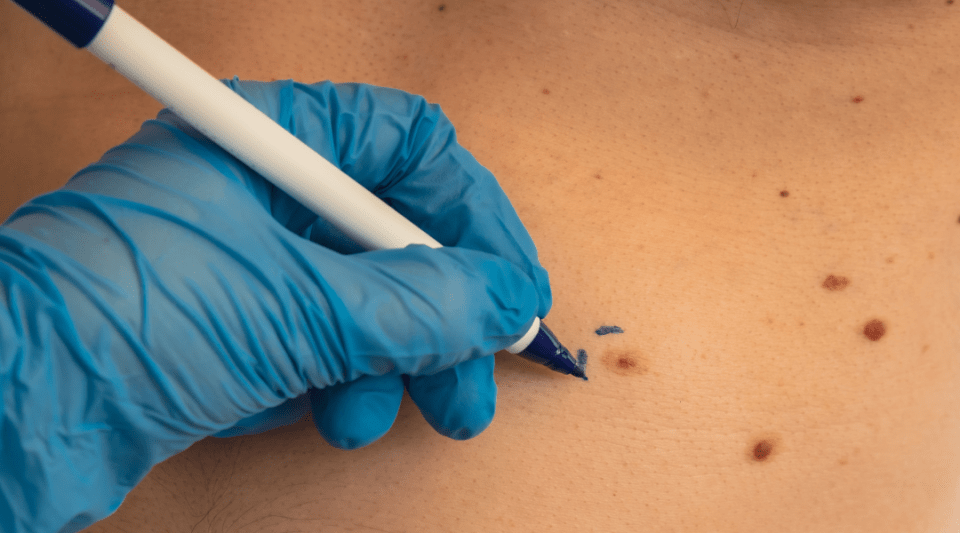Where do microplastics accumulate?
The most significant finding of the study is the accumulation of microplastics in post-mortem samples of human brains. This finding provides the first human evidence that microplastics can cross the blood-brain barrier—a protective layer against toxic substances. Until now, this phenomenon had only been observed in animal models. The implications are concerning: breaching this biological defence could pose serious risks to brain health.
In addition, the study found accumulation of microplastics in the liver and kidneys—organs primarily responsible for filtering and eliminating toxins from the body. Thus, this finding suggests that our body may not have sufficient capacity to eliminate these particles and they may persist and/or accumulate over time.
Implications for vascular health and stroke risk
Another recent study, published in the New England Journal of Medicine detected microplastics in atherosclerotic plaques in patients undergoing surgery on their carotid arteries—the main arteries supplying blood to the brain.
Once inside the body, microplastics can trigger inflammatory responses and alter our metabolism, increasing the presence of oxidative agents. This inflammation and oxidative processes can damage blood vessels, impair brain vascular health, and may raise the risk of stroke. This emerging risk adds to well-established stroke risk factors such as high cholesterol, diabetes, hypertension, smoking, and excessive alcohol use.
The difficulty of detecting microplastics in patients: a public health challenge
One of the biggest challenges in how to study and detect these microplastics lies in their minuscule size. Currently, one of the key public health challenges is to develop new methods for detecting microplastics in circulation, not just in tissue samples from deceased individuals, in order to better understand how these particles travel through the body and the potential risks they pose to human health.






